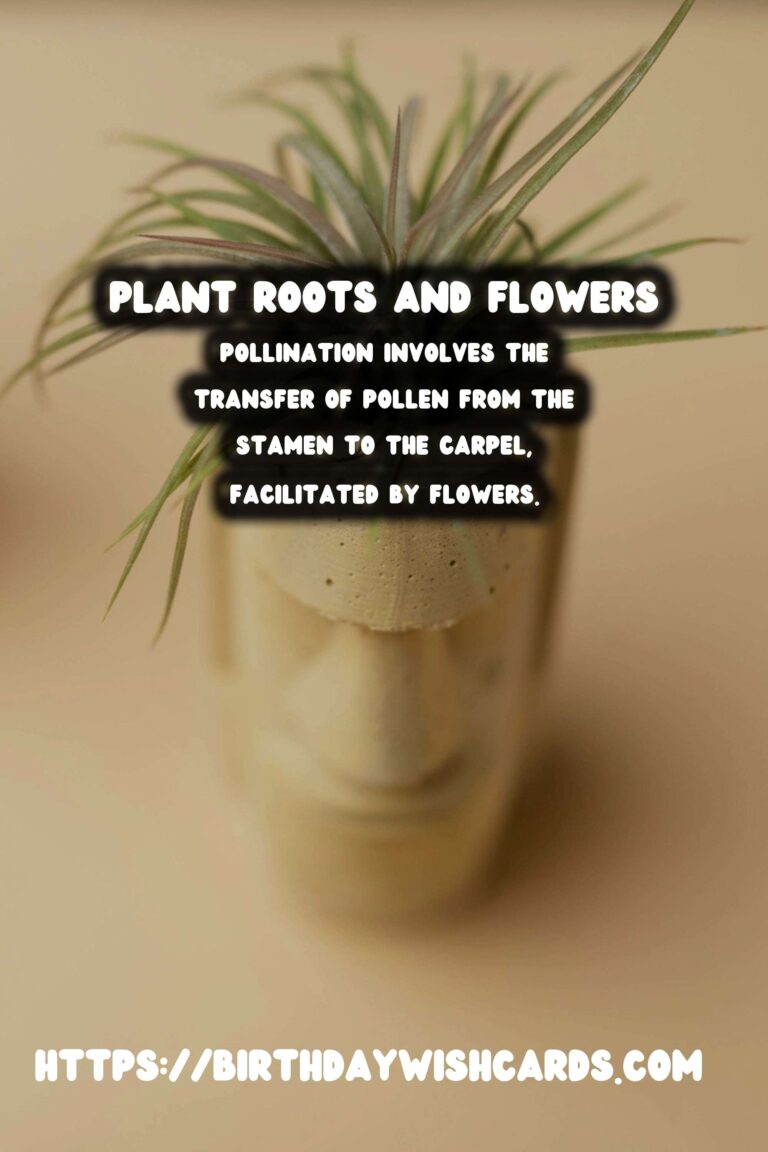
Plants are fascinating organisms that are integral to our ecosystem. Understanding their anatomy, especially the roots and flowers, provides insights into how they grow, reproduce, and survive. This article delves deep into the complex structures and functions of plant roots and flowers.
The Role of Roots in Plant Anatomy
Roots are an essential component of plant anatomy, primarily responsible for anchoring the plant to the soil and absorbing water and nutrients. They are the unsung heroes that work below the surface to ensure the plant’s survival and growth.
Roots can be categorized into two main types: taproots and fibrous roots. Taproots are large, central, and dominant roots from which other roots sprout laterally. A classic example of a taproot is the carrot. Fibrous roots, on the other hand, consist of numerous thin roots spread out in the soil, as seen in grasses.
Beyond anchoring and absorption, roots also store nutrients and water, aiding the plant during unfavorable conditions. Root hairs, which are tiny hair-like structures, increase the surface area for absorption, making the root system more efficient.
The Structure and Function of Flowers
Flowers are perhaps the most visibly appealing part of a plant, but their role goes beyond aesthetics. They are the reproductive organs of angiosperms (flowering plants) and play a crucial role in the propagation of the species.
A typical flower comprises several parts: sepals, petals, stamens, and carpels. Sepals protect the budding flower, while petals attract pollinators with their vibrant colors and scents. Stamens are the male reproductive organs that produce pollen, while carpels are the female parts responsible for ovule production.
Pollination is a key process facilitated by flowers, involving the transfer of pollen from the stamen to the carpel. This can occur through various agents like wind, water, and animals. Once pollination occurs, fertilization can happen, leading to the development of seeds and fruit.
Interdependence of Roots and Flowers
The roots and flowers of a plant, though serving different functions, are interdependent. Healthy roots ensure that flowers receive the necessary nutrients and water to thrive, while flowers ensure the continuation of the species through reproduction.
Roots provide stability and nourishment, allowing flowers to attract pollinators and facilitate reproduction. This synergy is vital for the plant’s overall health and ability to adapt to its environment.
Conclusion
Understanding the anatomy of roots and flowers enhances our appreciation of plant biology and the intricate processes that sustain life. Whether you’re a gardener, botanist, or nature enthusiast, recognizing the importance of these structures can inform better cultivation practices and conservation efforts.
Plants, with their roots and flowers, continue to captivate us and play a critical role in our ecosystem. By studying their anatomy, we gain insight into their resilience and the delicate balance they maintain with their environment.
Plants are fascinating organisms that are integral to our ecosystem. Roots are primarily responsible for anchoring the plant to the soil and absorbing water and nutrients. Flowers are the reproductive organs of angiosperms and play a crucial role in the propagation of the species. Pollination involves the transfer of pollen from the stamen to the carpel, facilitated by flowers. Understanding the anatomy of roots and flowers enhances our appreciation of plant biology.
#PlantAnatomy #Botany #PlantBiology #Roots #Flowers

